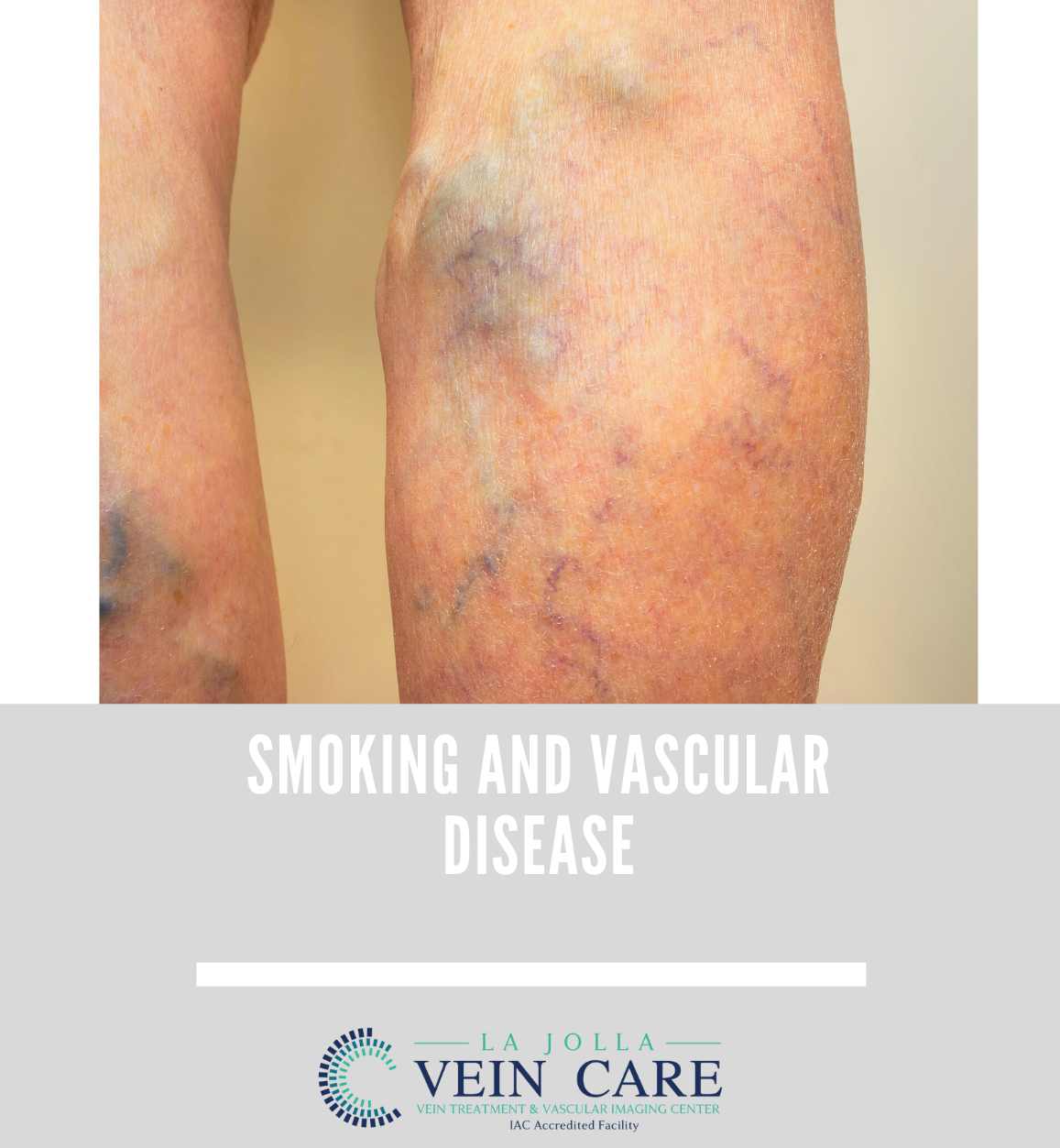Smoking and Vascular Disease

Smoking and Vascular Disease
The reality of cigarettes is that it is not one product. Every time you smoke, you not only ingest nicotine, but hundreds of other deadly chemicals in the tobacco leaf, paper, contaminants and fertilizers used to grow tobacco. Over time the accumulation of these products causes serious harm to multiple organs. And unlike many things in life, moderation in smoking is not a cure.
Benzene, for example, is a substance on the Environmental Protection Agency’s list of national hazards. It is abundant in tobacco smoke and takes more than 32 hours to completely clear the human body. That means that even ONE cigarette a day continues to keep this poison in your system.
What does smoking do to your arteries?
Smoking is the number one preventable cause of death in the United States. Its effect on heart attacks, peripheral vascular disease and strokes is due to the damage that smoking does to the arteries.
The two chemicals in cigarettes that cause the most trouble are nicotine and carbon monoxide. Nicotine, besides being addictive, has very powerful effects on arteries throughout the body. Nicotine is a stimulant, speeding up the heart by about 20 beats per minute with every cigarette. It raises blood pressure and is a vasoconstrictor, which means it makes arteries all over the body become smaller. That makes it harder for the heart to pump blood through the constricted arteries and it causes the body to release its stores of fat and cholesterol into the blood.
Smoking accelerates the hardening and narrowing process in your arteries; it starts earlier and blood clots are two to four times more likely. Smoking lowers your levels of high-density lipoprotein cholesterol and raises your levels of low-density lipoprotein cholesterol. It decreases the movement of cholesterol through the body, and contributes to its accumulation in your arteries. This puts you at a higher risk for heart attack, stroke, and limb loss.
Your vascular health
Cigarette smoking increases risks of blood clots significantly. If the blood clots in an artery and blood can no longer get through, the tissue that is supposed to be supplied with blood has lost the source of its oxygen and nutrients and dies in minutes. This can result in heart attacks, strokes, and gangrene of the leg.
Smoking effects on the brain:
Smoking increases the risk of stroke by narrowing the arteries in the brain and the carotid arteries in the neck that lead to the brain. In addition, the vessels to the brain can become blocked by a clog or blood clot, which can lead to collapse, stroke and paralysis. If the blood vessels are completely blocked to part of the brain, that part will die. Patients may lose the ability to speak, walk or move normally, or, depending on the part of the brain affected, the stroke may be fatal.





